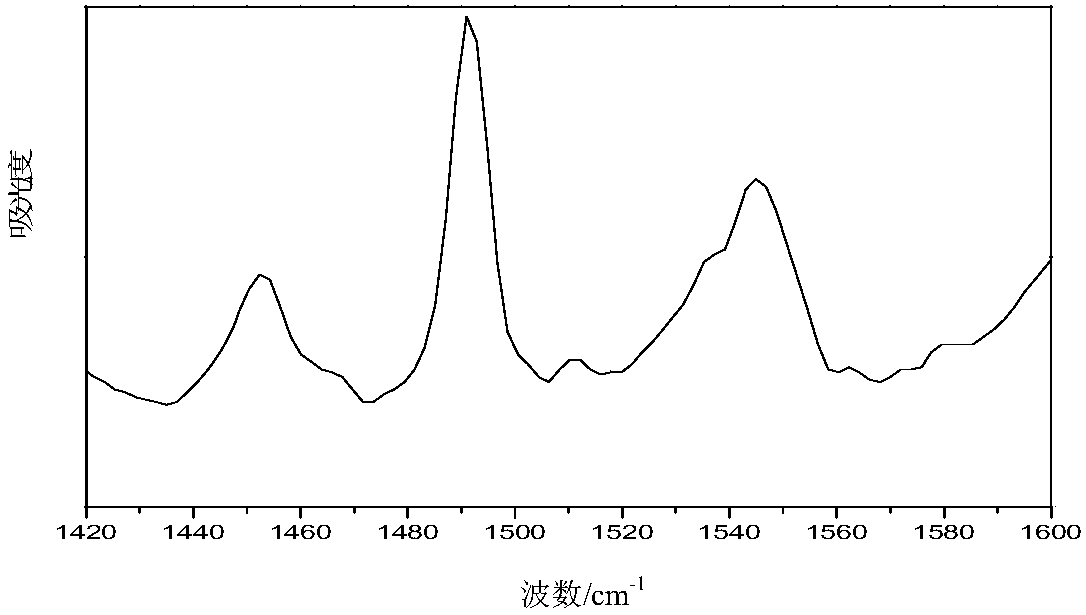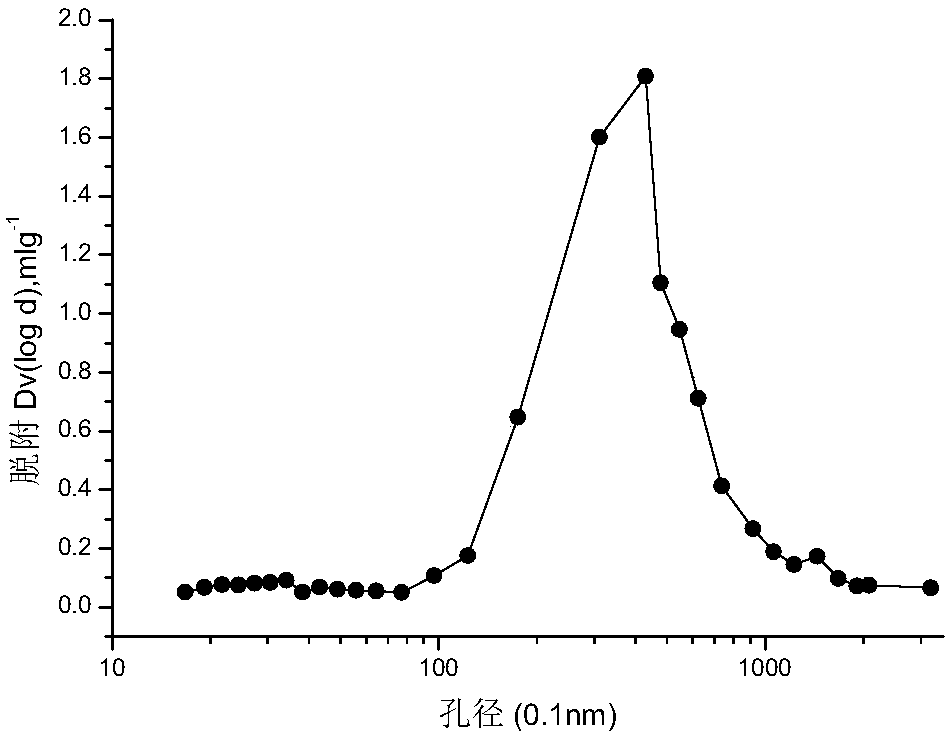Low-coking type catalytic cracking catalyst and preparation method thereof
A catalytic cracking, low-coking technology, applied in the direction of catalyst activation/preparation, catalytic cracking, physical/chemical process catalysts, etc., can solve the problems of low B/L acid ratio and undeveloped pore structure, etc., to reduce coke, reduce Effect of low coke yield and coke yield
- Summary
- Abstract
- Description
- Claims
- Application Information
AI Technical Summary
Problems solved by technology
Method used
Image
Examples
specific Embodiment approach
[0036] The technical solutions of the present invention will be further described below through examples.
[0037] 1. Main analysis methods
[0038] Table 1 The main analytical methods involved in the present invention
[0039] project
method
Standard Code
RE 2 o 3 ,m%
XRF method
/
Na 2 o
XRF method
/
Pore volume, cm 3 .g -1
water drop method
Q / SYLS0521-2002
[0040] 2. Catalyst evaluation:
[0041] The reaction performance was evaluated by ACE device, and the raw oil used was Xinjiang vacuum wide-distillation wax oil and Xinjiang vacuum residue, and the residue ratio was 30%. The properties of raw oil are shown in Table 2. The catalyst was aged at 800°C and 100% steam for 17 hours before evaluation.
[0042] Table 2 Catalyst Selectivity Evaluation Raw Oil Properties
[0043]
[0044]
Embodiment 1
[0046] Si-alumina material preparation
[0047] Take 20.1ml NaY zeolite directing agent and mix with 36ml 250g / l water glass evenly, add water to dilute to SiO 2 The concentration is 60g / L (as SiO 2 (the same below), raise the temperature to 70°C, add 4mol / L hydrochloric acid dropwise under strong stirring until the pH value of the system = 7, and continue aging at constant temperature for 2 hours under stirring; after aging, add 4mol / L hydrochloric acid dropwise to the pH Value = 5, then slowly add 1.6ml 90g / L (A1 2 o 3 After the addition, continue to stir for 1 hour; add ammonia water to adjust the pH to 8, raise the temperature to 85°C, and keep stirring for 1 hour. After the obtained product is filtered and washed, the resulting solid precipitate is ion-exchanged according to ammonium chloride: solid precipitate (dry basis): water = 1:0.3:6 to remove sodium ions, and the exchange is repeated twice, each time for 0.5h After each exchange, wash and filter with water, the...
Embodiment 2
[0056] Si-alumina material preparation
[0057] Take 12.1ml NaY zeolite directing agent and 26.8ml tetraethyl orthosilicate, mix evenly, add water to dilute to SiO 2 The concentration is 40g / L, the temperature is raised to 60°C, and 6mol / L sulfuric acid is added dropwise under strong stirring until the pH value of the system = 8, and the constant temperature aging is continued for 1.5h under stirring; after aging, 6mol / L sulfuric acid is added dropwise to pH value = 4, then slowly add 3.9ml 90g / L aluminum chloride solution under stirring conditions, continue stirring for 2 hours after the addition is complete; add 10wt% sodium hydroxide solution to adjust pH value = 7, raise the temperature to 90 ° C, keep stirring at a constant temperature of 1.5 h. After the obtained product is filtered and washed, the resulting solid precipitate is ion-exchanged according to ammonium nitrate: solid precipitate (dry basis): water = 1:0.5:8 to remove sodium ions, and the exchange is repeated...
PUM
| Property | Measurement | Unit |
|---|---|---|
| pore size | aaaaa | aaaaa |
| specific surface area | aaaaa | aaaaa |
| pore size | aaaaa | aaaaa |
Abstract
Description
Claims
Application Information
 Login to View More
Login to View More - R&D Engineer
- R&D Manager
- IP Professional
- Industry Leading Data Capabilities
- Powerful AI technology
- Patent DNA Extraction
Browse by: Latest US Patents, China's latest patents, Technical Efficacy Thesaurus, Application Domain, Technology Topic, Popular Technical Reports.
© 2024 PatSnap. All rights reserved.Legal|Privacy policy|Modern Slavery Act Transparency Statement|Sitemap|About US| Contact US: help@patsnap.com










